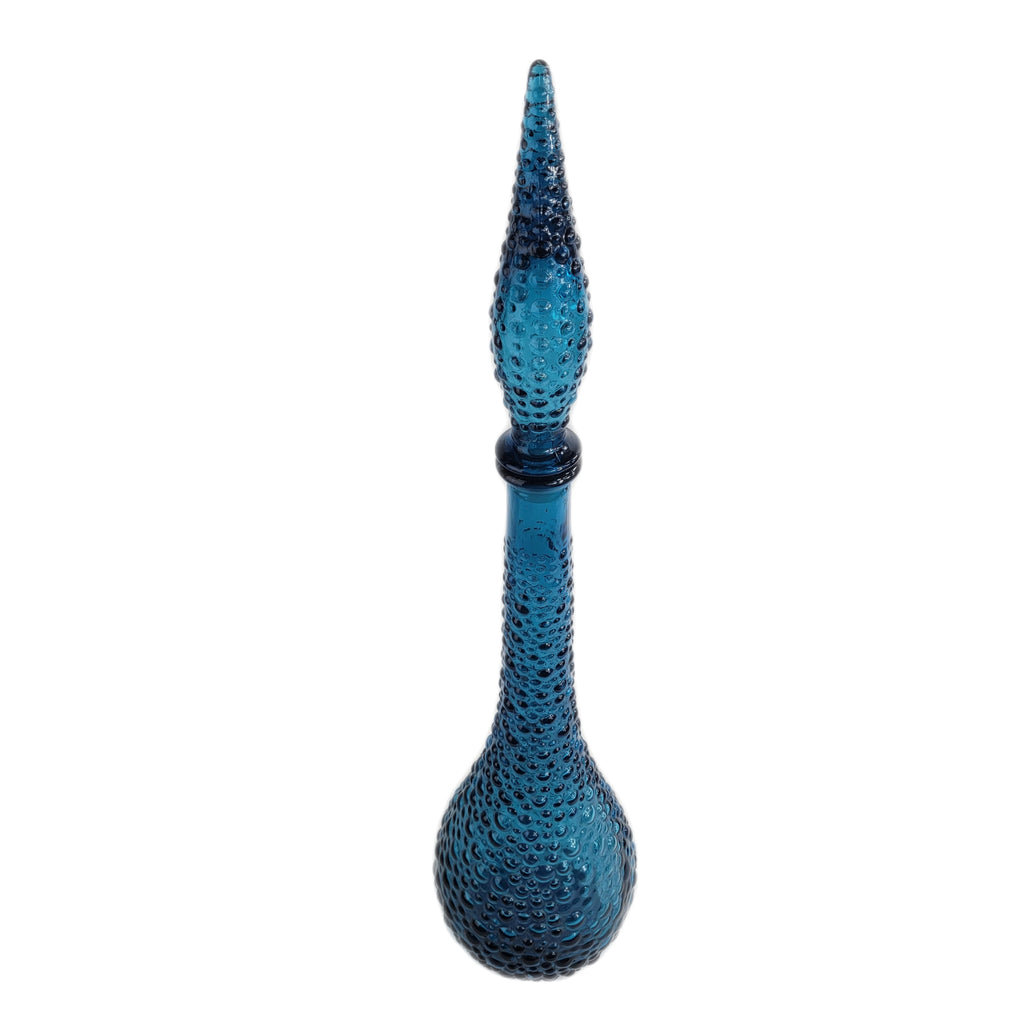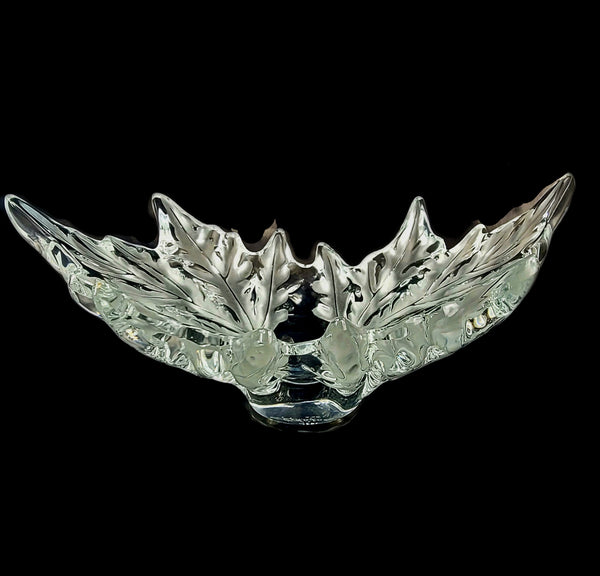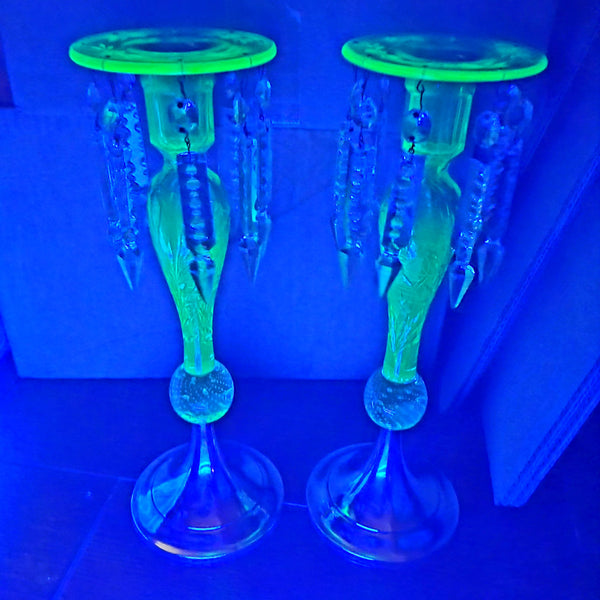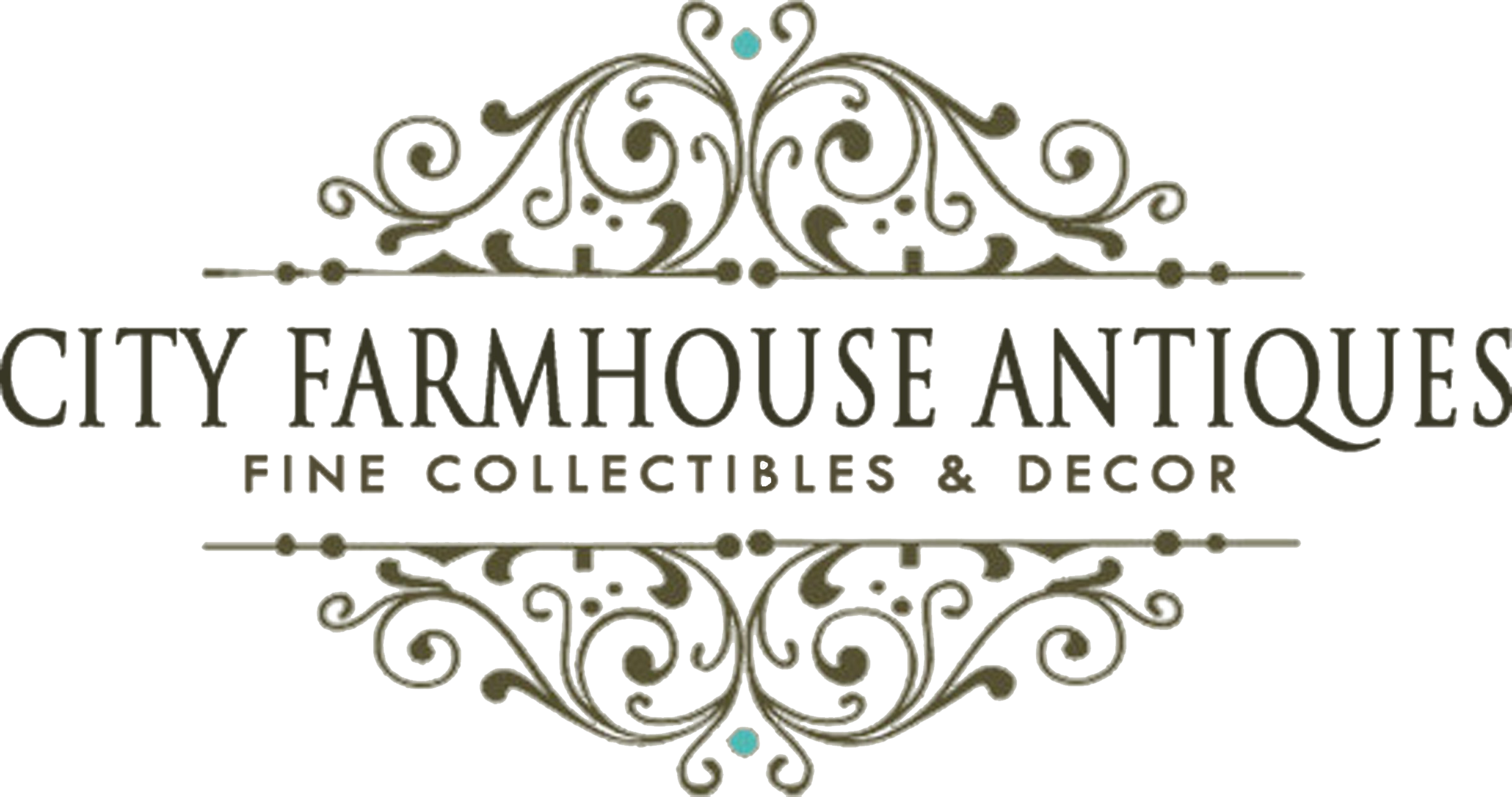How to Tell if Glass is Handblown

Don't miss our entire collection of unique art glass great for home interior decorating. Video Translation: Hi, this is Jennifer here with City Farmhouse Antiques and I am here with this week's find of the week. I am really bummed about this piece. It is a beautiful decorative piece, but what I paid for was an authentic Murano Italian Empoli art glass decanter or vase with stopper. I paid a few hundred dollars for this piece so I paid up and it should be worth $500- $600, but the problem is that this piece was not sold as described and not what they claimed it to be. Some people don't know how to identify glass. Even though I am bummed about this. let's turn this into a learning tutorial for everyone. At least I caught this and was able to identify it and it is a really cool decorative piece that will look awesome with someone's home decor. If you can learn these great tips to identify real glass you won't pay an authentic price and end up with a knock off. My first clue when looking at this piece (as I remove the stopper) is the plastic white protective stopper cover. This is not going to be on an old piece so here is your first clue that something is not quite right. Lots of times these pieces will show some wear or age. This is what we call a Mid century modern style. These little bubbles or rounded raised dots are what we call "hobnail" design which was common in the Empoli style of Murano glass. The big giveaway that I noticed is this line here. This is a mold line that runs along both sides of the stopper and down the vase of the piece. You are never going to see a hand blown piece of glass with mold lines. When they make a piece of handblown glass they have a piece of molten glass on the end of a punt or stick and they blow it from there and cut it off. There you should really be able to see if I turn this piece slowly the mold line. Can you see that there if I get closer? As I turn it sometimes that makes it easier to see. There you should be able to see that line. Then it goes all the way down the side of the glass. There you can see it again as I turn it. That is your second clue. Really identifying glass is all about knowing what clues to look for. Knowing and understanding the clues when you start putting them all together you start to say Hmmm this isn't making sense and this piece is not what they say it is. Another clue is to look for a pontil if you know the glass should be handblown. A handblown piece of art glass is always going to have a pontil even if it is polished on the bottom. Look how nice this looks on the bottom of this vase. You don't see any round rough areas. You don't see any polished area. There is no pontil on this piece which means it was not handblown. There you can see real well the mold line. I want you to see what a pontil looks like so you can identify one. This is a real piece of authentic Murano glass. First of all this piece is very heavy. You are going to see some scratches on the bottom which happens with age which is normal. See in the middle? That is a polished pontil. That is where this piece was cut away after being completed. I wanted to also take this as an opportunity to describe what some of the techniques or characteristics of glass are called. This is known as "bullicante" which is a technique where you will see bubbles within the glass as a design. Here you can see the polished pontil on the bottom of this piece as well. The pontils are polished on a lot of different handblown pieces of different glass makers not just Murano. Here is an applied leaf which means this leaf was all hand done and formed and then it was physically applied. You see applied handles on a lot of antique pitchers and ewers that are hand done. That is why you should never pick them up by just the handle alone. This vintage hand made perfume bottle is millefiori. It is called mille for thousands of flowers. There are colored rods used that are cut and when inside the glass look like flowers. This is the best example I have for you to see what millefiori looks like. I had a beautiful antique Murano glass paperweight but it sold. That is another type of technique that you see a lot in Murano glass. This is not Murano but it is a heavy perfume bottle. This is a really cool piece and more of a modern piece. You can see that this pontil was ground down so you know that it was handblown. The artist is Freund. So that is your tutorial for today. I am still bummed about my find, but it is still a really cool piece for interior decorating. The mid century modern style is making a come back and I absolutely love this color. It would still be great in the corner of a bathroom or in a kitchen or anywhere the light is going to catch it. For the collector, though, it is not that $600 piece. Tell us what you think of this tutorial. If you learned something let us know. Tell us what ideas you have for other tutorials. Be sure and sign up for our newsletter because that is where all of our newest and latest finds are going to come up. Be sure and give us a like on our Facebook page and we will see you next week.
Leave a comment
Comments will be approved before showing up.




